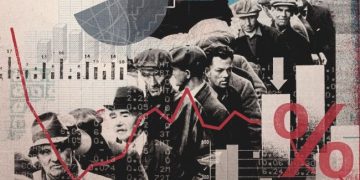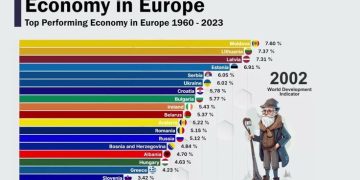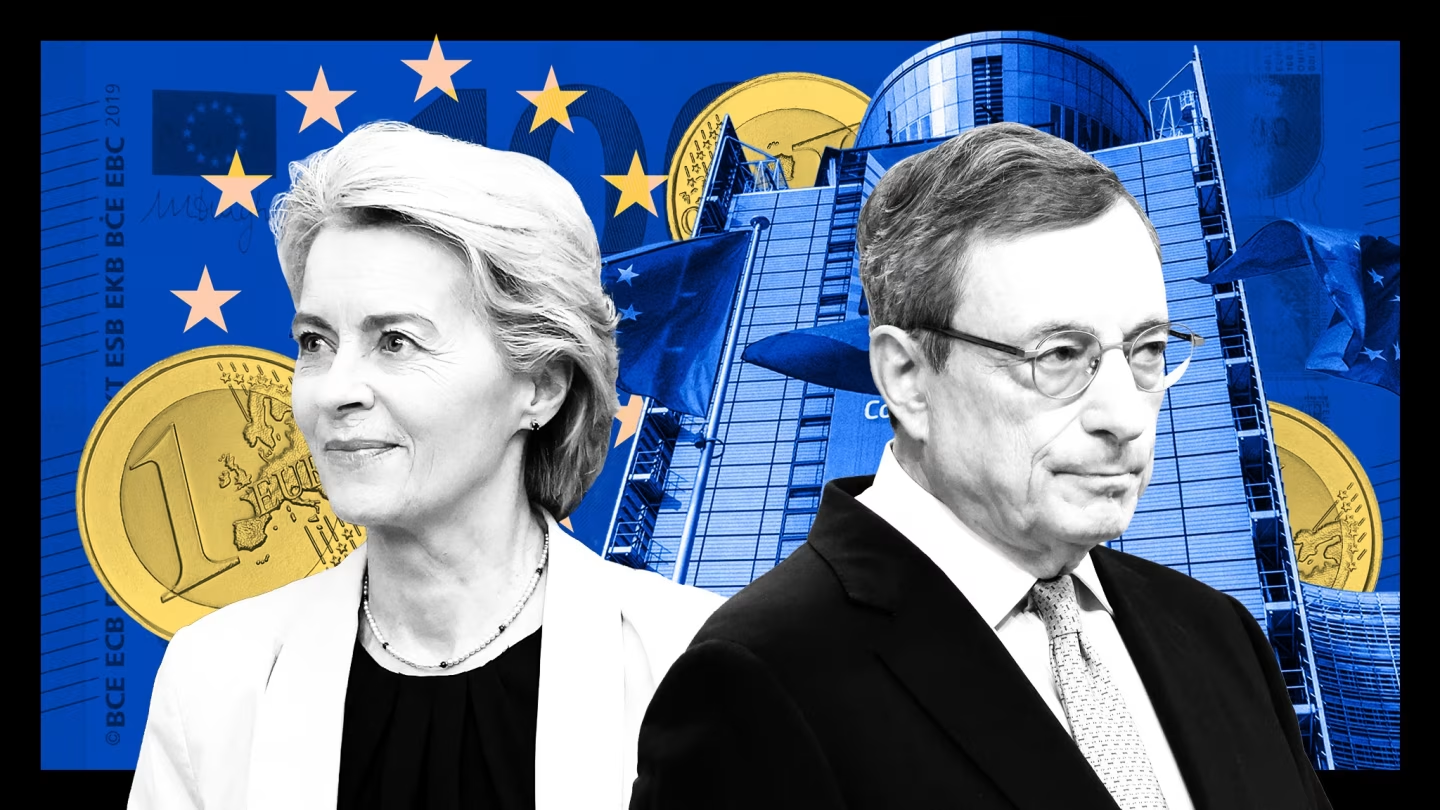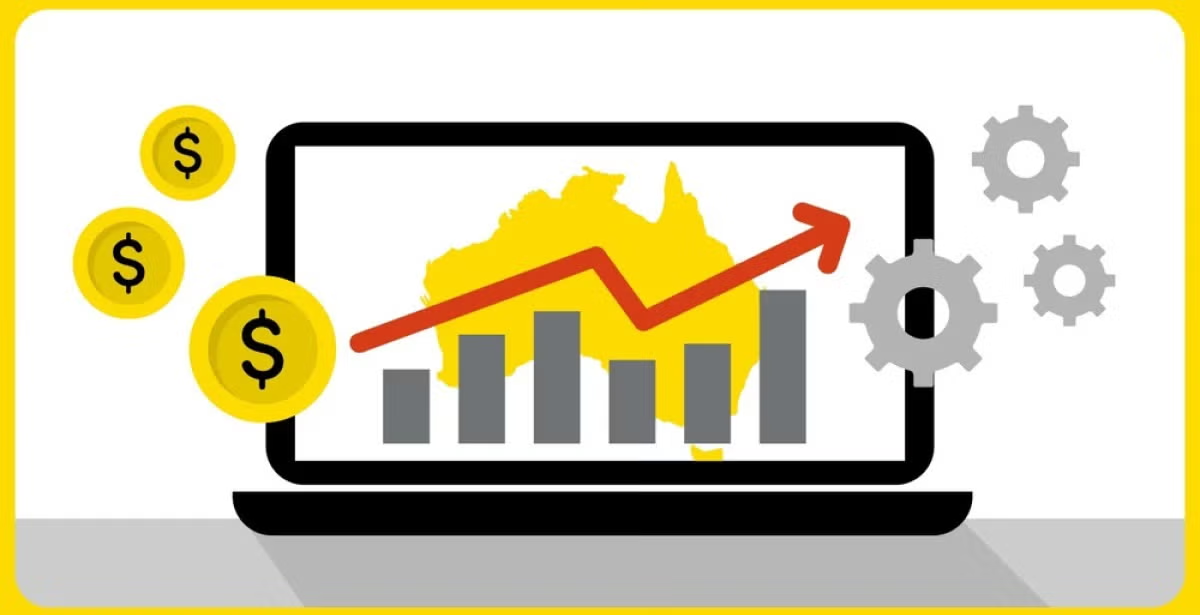Introduction
The Euro and the U.S. Dollar are the two most influential currencies in the global financial system. As reserve currencies, they play a critical role in shaping international trade, investment decisions, and even geopolitical strategies. While the U.S. Dollar has maintained dominance for several decades, the Euro has steadily gained traction as the second-most traded currency globally. Understanding the dynamics between these two currencies is essential for investors, businesses, and policymakers alike. This article will analyze the Euro and the U.S. Dollar as global reserve currencies, explore the key factors that influence their valuation, and examine how movements in these currencies affect global trade and investment. Finally, expert insights on currency diversification will offer investors practical guidance in navigating currency fluctuations.
1. Euro and Dollar as Global Reserve Currencies
The U.S. Dollar and the Euro serve as the primary reserve currencies in the global financial system. A reserve currency is one that is held in significant quantities by foreign governments and institutions as part of their foreign exchange reserves. These currencies are used in international trade, held by central banks for stability, and serve as the basis for many financial transactions across the world.
U.S. Dollar: The Global Reserve Currency
The U.S. Dollar has held its status as the world’s dominant reserve currency for decades. Approximately 60% of the world’s foreign exchange reserves are held in U.S. Dollars, a significant proportion considering the global economy’s size. The dollar’s strength is largely due to the U.S. economy’s size, the liquidity of its financial markets, and the global demand for dollar-denominated assets, particularly U.S. Treasury bonds.
The dominance of the U.S. Dollar is also linked to the United States’ political and economic influence. As the largest economy and a major global military power, the U.S. plays a central role in the international financial system. The dollar’s widespread use in commodities trading, including oil and gold, has solidified its position as the global reserve currency.
Euro: The Contender for Reserve Currency Status
Introduced in 1999, the Euro has quickly become the second-most held reserve currency globally, accounting for approximately 20% of global reserves. As the currency of the European Union (EU), the Euro benefits from the collective economic power of 19 member states, making the Eurozone one of the world’s largest economic regions. The Euro is used in trade between EU countries, with the European Central Bank (ECB) playing a significant role in maintaining the currency’s stability.
One of the reasons the Euro has gained importance in the global financial system is the EU’s strong trade relationships with other major economies. Additionally, the Euro has been adopted by several countries outside the EU, such as Kosovo and Montenegro, which further strengthens its presence in international markets.
2. Key Factors Driving the Valuation and Market Influence of the Euro and Dollar
Both the U.S. Dollar and the Euro are influenced by a variety of economic, political, and market factors. These factors determine their relative strength, and fluctuations in their value can have profound implications for international trade and investment.
Monetary Policy and Interest Rates
The policies set by the U.S. Federal Reserve (Fed) and the European Central Bank (ECB) have a direct impact on the value of the U.S. Dollar and the Euro. Interest rates are one of the most significant tools used by central banks to influence currency valuation. Higher interest rates typically attract foreign investment, which can lead to an appreciation of a currency. Conversely, lower interest rates can make a currency less attractive, leading to depreciation.
For example, when the U.S. Federal Reserve raises interest rates, the U.S. Dollar often strengthens as investors seek higher returns in U.S. assets. On the other hand, the ECB’s monetary policy, including its decisions on interest rates and quantitative easing, also affects the Euro’s valuation. The ECB’s cautious stance on monetary expansion in comparison to the Fed has historically led to a stronger U.S. Dollar relative to the Euro.
Economic Indicators and Performance
Economic indicators such as GDP growth, employment rates, inflation, and trade balances are key drivers of currency strength. The strength of the U.S. economy often leads to a stronger Dollar, while economic challenges in the Eurozone, such as slower growth or high unemployment rates in certain EU member states, can weigh on the Euro.
Geopolitical Events and Global Trade
Geopolitical events and trade relationships play an important role in determining the relative strength of the U.S. Dollar and the Euro. Tensions between the U.S. and other major powers, such as China, can lead to increased demand for the Dollar as a safe-haven currency. Similarly, EU-specific events, such as Brexit, can create uncertainty and affect the Euro’s stability.
The U.S. Dollar’s role in global trade, particularly its use in commodity markets like oil, means that movements in the dollar can affect global supply chains and inflation. The Euro, while used in trade within the EU and some other countries, does not have the same level of influence on global commodities markets as the Dollar.
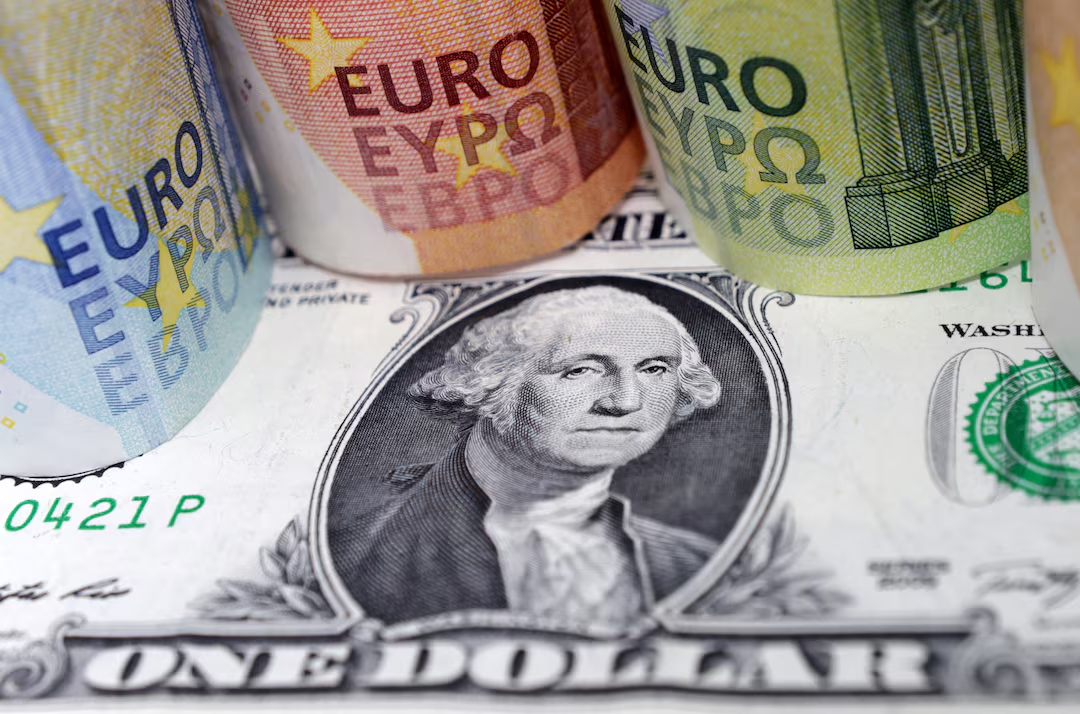
3. How Currency Movements Affect Trade and Investment Between Europe and the U.S.
Currency fluctuations between the Euro and the U.S. Dollar have significant implications for international trade and investment flows. These movements affect the costs of goods and services, influencing businesses, consumers, and investors.
Impact on Trade
When the value of the U.S. Dollar rises relative to the Euro, it makes U.S. exports more expensive for European consumers, potentially reducing demand for American goods. Conversely, a stronger Euro can make European products more expensive for U.S. consumers. Currency fluctuations thus play a vital role in shaping the trade balance between the two economies.
For example, a weaker Euro can make European exports more competitive in the global market, benefiting industries such as automotive, machinery, and pharmaceuticals. On the other hand, a stronger Euro can hurt European exporters by making their goods more expensive outside the EU.
Investment Flows
Currency movements also influence cross-border investment. When the U.S. Dollar strengthens, it can make U.S. assets more attractive to international investors, leading to increased demand for U.S. equities and bonds. Similarly, a strong Euro can attract investment into European financial markets, real estate, and businesses.
For investors, currency movements can also impact returns. When investing in foreign assets, currency fluctuations can either enhance or erode investment performance. For example, a U.S. investor holding Euro-denominated assets may see a loss if the Euro weakens against the Dollar. Conversely, if the Euro strengthens, their returns in U.S. Dollar terms would be higher.
4. Expert Insights on Currency Diversification for Investors
Given the volatility of currency markets and the ongoing fluctuations between the Euro and the U.S. Dollar, investors should consider currency diversification as part of their overall investment strategy. By holding assets denominated in multiple currencies, investors can reduce the risks associated with currency movements.
Hedging Currency Risk
For investors seeking to minimize exposure to currency fluctuations, hedging strategies can be employed. Currency-hedged exchange-traded funds (ETFs) or derivatives like options and futures can provide protection against adverse currency movements. These strategies can help mitigate risks while allowing investors to participate in foreign markets.
Diversifying Currency Exposure
Investors can also diversify their portfolios by including assets from different regions and currencies. By investing in a mix of U.S. Dollar, Euro, and other major currencies, such as the British Pound or Japanese Yen, investors can reduce their dependence on any single currency and spread risk across various markets.
Emerging Markets and Currency Opportunities
In addition to major currencies like the Euro and the U.S. Dollar, emerging market currencies can present opportunities for growth. Countries in Asia, Africa, and Latin America often see significant currency fluctuations, which can provide investment opportunities for those willing to take on additional risk.
Conclusion
The Euro and the U.S. Dollar continue to shape the global financial landscape, with their movements having far-reaching effects on trade, investment, and economic policy. As global reserve currencies, their valuation is influenced by a variety of factors, including monetary policy, economic performance, and geopolitical events. Understanding the dynamics between these two currencies is crucial for businesses and investors looking to navigate the complexities of international markets. By diversifying currency exposure and utilizing hedging strategies, investors can better manage risks associated with currency fluctuations while capitalizing on opportunities in the global economy.








